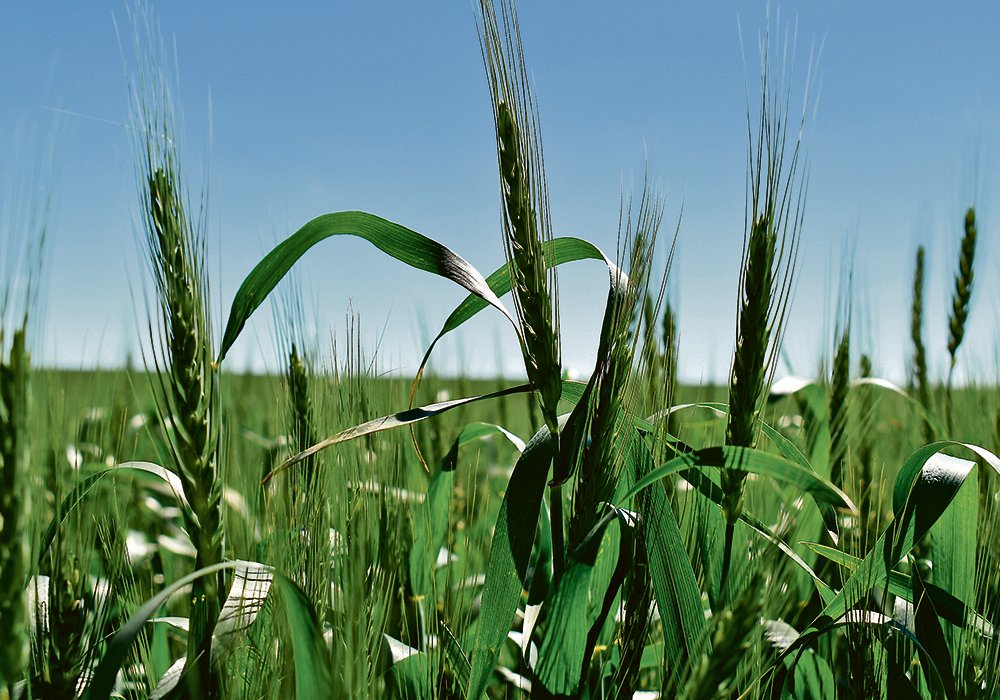Crop markets wake up to evolving drought disaster

The disaster playing out in the northern part of this continent’s grain belt is finally making itself felt on crop futures markets.
A few weeks ago, I noted that while the trade was concerned about dry, hot weather in the northern tier, it was also comforted by a good hard red winter wheat harvest in Kansas and Oklahoma and also good moisture in many, but not all, corn and soybean growing states.
But as Western Canada and the northern U.S. Plains endured yet another week of temperatures above 30 C and almost no rain, the evolving disaster is taking precedence.
Canola futures, which often are heavily influenced by the soy oil market, are now the driving force as the December contract surges above $900 per tonne. That is an unprecedented price for a crop yet to be harvested.
That lifted soy oil to end last week near the previous all-time high set in 2008.
The Minneapolis hard red spring wheat futures market, which last week surged past US$9 per bushel, appears to have broken free from the limiting effects of the red winter wheat contracts and corn.
The trade was shaken by the July 12 U.S. Department of Agriculture monthly supply and demand estimate that pegged American spring wheat production at only 345 million bu., down 41 percent from last year.
Durum wheat was cut to 37.2 million bu., or 1.01 million tonnes, down 46 percent from 2020.
The news was partly offset by USDA’s estimate of hard and soft winter wheat production at 1.36 billion bu., up four percent from the previous month’s forecast and up 16 percent from 2020.
The USDA pegged U.S. total wheat production at 1.746 billion bu., down eight percent from June and 4.4 percent less than last year.
The U.S. spring wheat and durum crop estimates will likely fall in coming months to account for the continuing drought and the increased amount of crop that will be cut for feed instead of harvested for grain.
Western Canada’s durum crop forecast, posted before seeding, was for six million tonnes. That expectation will now have to be slashed.
The first Statistics Canada forecast of grain production will not arrive until Aug. 30 and it reflects July crop conditions.
Europe and North Africa have improved durum crops and so the expectation was that their imports in 2021-22 would drop. But now there likely will be little durum to import from North America anyway.
Oats is also severely impacted by the drought.
The USDA’s July 12 report estimated U.S. oat production at 41.3 million bu., down 37 percent from last year on a combination of lower seeded area and lower yields. That was the smallest oat crop in the USDA’s records.
New crop December oat futures on the Chicago exchange last week at one point touched US$4.40 per bu., the highest since March 2014.
Looking beyond North America, last week SovEcon lowered its forecast of Russia’s wheat crop to 82.3 million tonnes, down 2.3 million tonnes from last month’s estimate. Consultancy IKAR put the Russian crop at 81.5 million tonnes.
Also, Kazakhstan, which last year produced 14.3 million tonnes of wheat and exported eight million tonnes, is now suffering drought.
The USDA lowered Kazakhstan’s 2021-22 wheat crop to 13 million tonnes and exports to 7.5 million but that will likely fall further in coming reports.
As I noted earlier, adequate growing conditions in large parts of the U.S. Midwest corn and soybean area were acting to moderate the price of all crops.
But American corn and soybean crop ratings are far from impressive.
The amount of U.S. corn and soybeans rated good to excellent as of July 11 were both several points below the 10-year average.
These unimpressive ratings make me wonder when the USDA will have to start lowering its current average corn yield forecast of a record 179.5 bu. per acre.
Another major global corn producer and exporter is Ukraine, which had good growing conditions to mid-July but was expected to see dry conditions in the second half of this month, which might stress the crop there.
And I believe the global corn balance sheet has yet to fully account for the poor second corn crop in Brazil.
The USDA has total Brazilian corn production at 93 million tonnes but several domestic analysts put it at less than 90 million. Michael Cordonnier of Soybean and Corn Advisor last week forecast an 88 million tonne crop but said the number would likely be lowered in coming weeks as the toll of drought and frost becomes clearer as the combines roll.
Finally, torrential rain hit western Germany and Belgium last week but the extent of the agricultural damage was not yet known.
Source: producer.com

